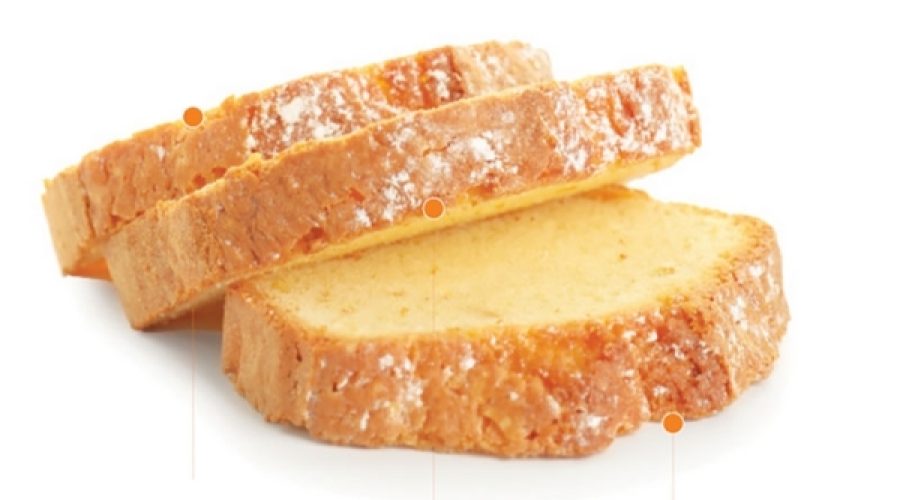Mastering Cake Baking: 3 Essential Tips to Boost Your Bakery Business in Oman
Mastering Cake Baking: Tips from a Seasoned Baker
My early attempts at cake baking were far from perfect. Cakes often leaned awkwardly to one side, fillings oozed, and the frostings were more patchy than polished. Yet, as a child, I was immersed in the joy of baking and sharing with loved ones, and my family cheerfully indulged in those imperfect creations—because even a mediocre cake brings happiness to the table.
Years later, I’ve embraced baking as a food editor, recipe developer, and television judge, honing my skills and knowledge. My passion for cake persists, imperfect as it may be, and I’ve gathered some valuable insights to elevate my baking game. Here are three key lessons I’ve learned.
1. Measure Flour Accurately
When it comes to flour, precise measurements are crucial. Unlike vanilla or salt, which I often measure by sight, flour demands accuracy for optimal texture. Too little can create a moist, gummy cake, while too much can lead to dryness.
Avoid using liquid measuring cups for dry ingredients. A simple digital kitchen scale offers the highest accuracy. If a scale isn’t available, try the "scoop and sweep" method: use a spoon to fill the measuring cup and level it off without packing the flour down.
For instance, in my chocolate peanut butter cupcake recipe, the ratio of ¾ cup of flour to ¼ cup of cocoa powder results in light, flavorful cupcakes. An imbalance can lead to a dry or overly crumbly texture.
2. Adjust Your Mixing Technique
Most cake recipes begin with the creaming method—mixing room-temperature butter (around 65 to 70 degrees) with sugar to incorporate air. This process, when executed correctly, creates a light and airy cake. However, I’ve often struggled with butter temperature and mixing time, sometimes leading to dense results.
Fortunately, the two-stage or reverse creaming method introduced by Rose Levy Beranbaum in her book, The Cake Bible, simplifies this process. By first mixing butter with dry ingredients, the fat coats the flour’s proteins, reducing gluten formation. This technique can significantly enhance the texture of your cakes, yielding a finer crumb and more tender result.
For example, my yellow sheet cake, adorned with a chocolate sour cream frosting, utilizes this very method. The result? A delightful cake that’s easy to slice and serves beautifully.
3. Understand Your Oven
Understanding your oven is essential for successful baking. My compact oven tends to cook cakes faster and brown them more than expected, requiring me to adjust accordingly.
Consider the quirks of your oven: Does it preheat unevenly? Does it have hot spots? An oven thermometer can help gauge internal temperatures more accurately than the control panel. You may need to tweak the temperature by 25 degrees or adapt your baking time.
Additionally, treat bake times as guidelines. Check your cake a few minutes before the minimum suggested time. Aim for a light golden brown appearance, ensuring a toothpick comes out with moist crumbs for perfect doneness.
With a little practice and these tips, you can turn even the most humble cake into a delicious treat. Happy baking!
Special Analysis by Omanet | Navigate Oman’s Market
The insights from the cake-baking process present valuable lessons for businesses in Oman looking to craft comprehensive strategies for success. There is an opportunity for entrepreneurs to innovate by applying meticulous attention to detail, whether in product development or service delivery, ensuring quality resonates with consumers. However, the risks of complacency in execution can lead to disappointing outcomes, urging investors to focus on precision and adaptability in their operational processes to thrive in a competitive market.



